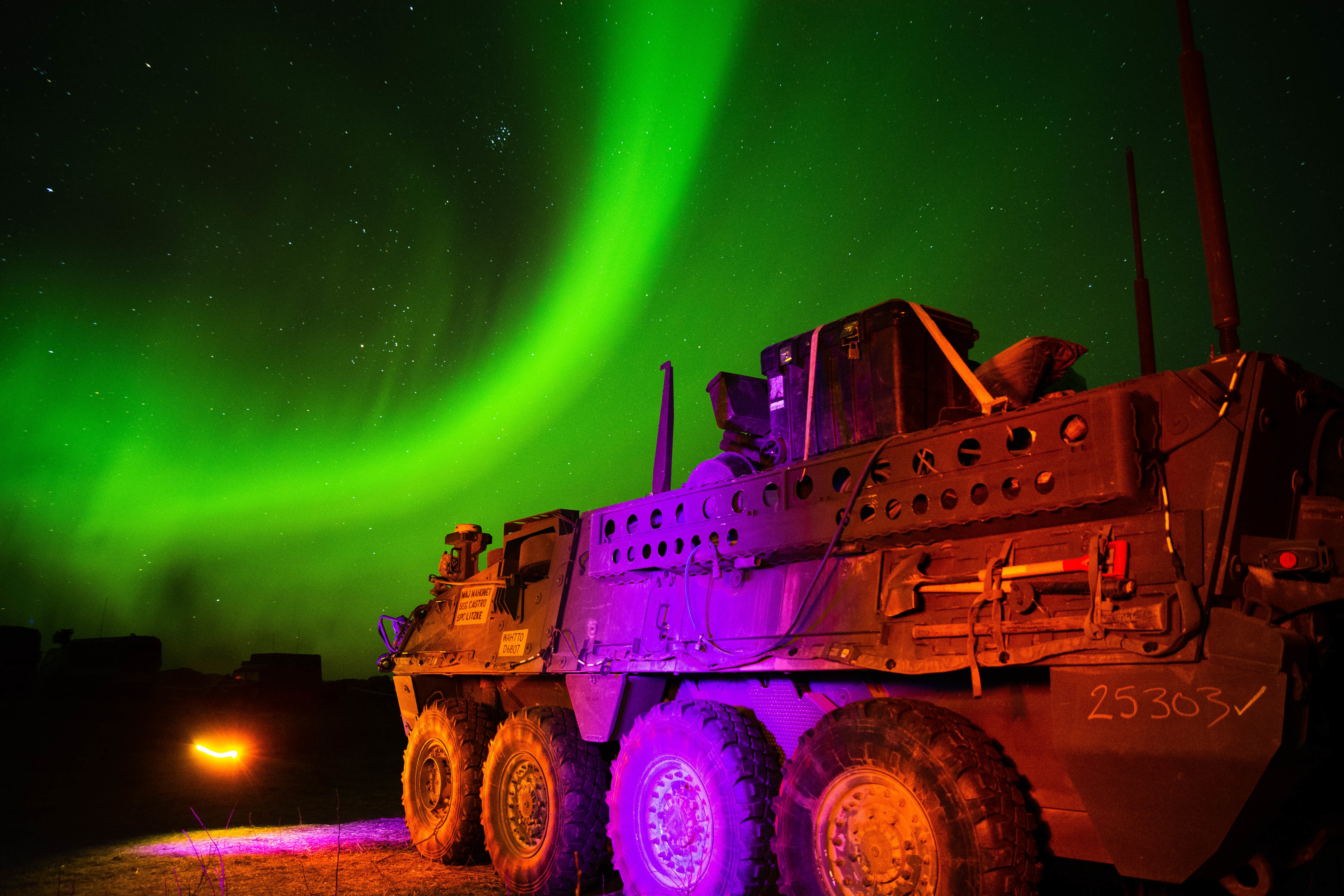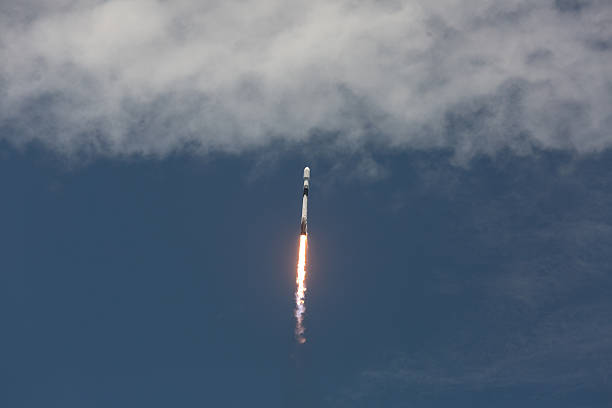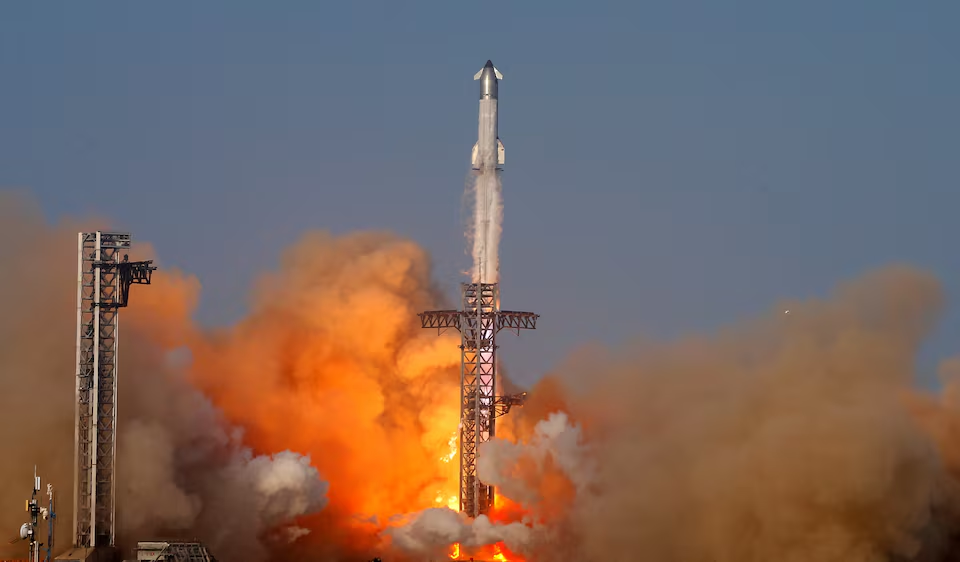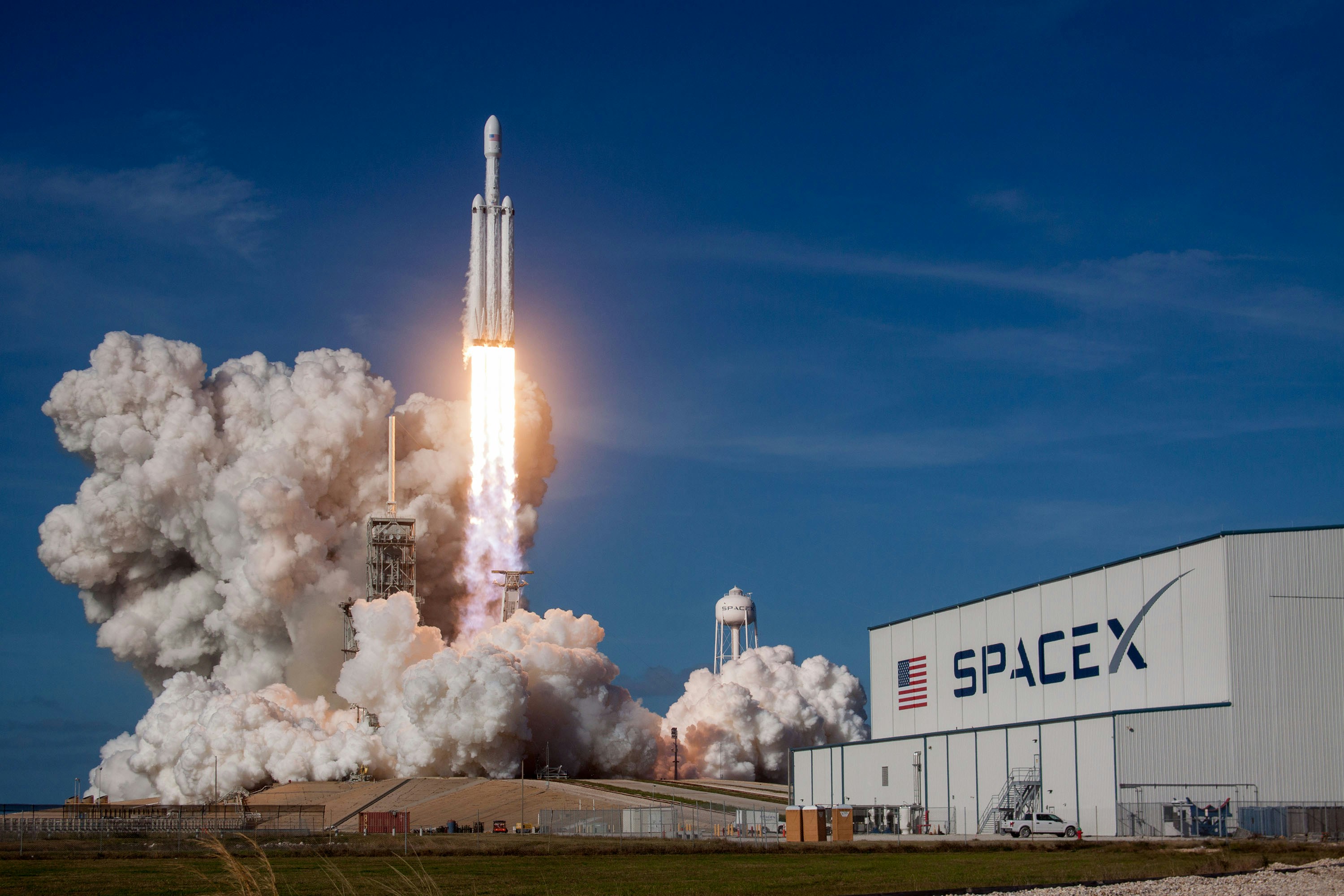Warships, Wargaming, and Creativity
War is a phenomenon that is both timeless and continually evolving, yet one constant remains: a warfighter's enduring capacity for creativity.

As the nation grapples with the aftermath of the withdrawal from Afghanistan, the Pentagon is already turning its gaze toward the future. The Medium Landing Ship (LSM) program, previously known as the Light Amphibious Warship (LAW) program, is envisioned to revolutionize Navy and Marine Corps operations. The fleet of 18 to 35 new ships will be instrumental in potential conflict scenarios in the Western Pacific. The proposed FY2024 budget allocates a crucial $14.7 million for research and development, demonstrating a strong commitment to building a new class of ships that will redefine maritime warfare. Over the next five years, an impressive investment of approximately $945 million will be made, covering the aforementioned research through full procurement in FY2028.
Alongside this new program, the Marine Corps’ Force Design 2030 has allocated $79 million for a cutting-edge wargaming center scheduled to open next year on Quantico's Marine Corps University campus. This center is poised to become a focal point for strategic planning and wargaming simulations, ensuring the Marine Corps remains at the forefront of innovation. Beyond official channels, a grassroots movement led by enlisted Marines has already gained momentum. Gunnery Sergeant Chase McGrorty-Hunter leads The Quantico Warfighting Society, which brings together all ranks and MOS backgrounds to collaboratively solve realistic military scenarios through classic and digital war games. Contrary to debates regarding recruiting and retention across all service branches, the group's experimental and philosophical approach embodies a new era of leadership where one strives to magnify the ingenuity and potential of every Marine. The group has collaborated with other influencers to facilitate weekly lessons and discussions, uniting servicemembers and civilians nationwide. This initiative will culminate in a three-day wargaming event scheduled to take place in Washington, DC, this winter.
Creativity is the cornerstone of all human progress, for better or worse. From groundbreaking inventions to culture-defining literature, visual art, and even the most successful battles, our capacity (and tolerance) for creativity has been paramount. Creative individuals do not hastily define the nature of problems. Instead, they examine situations from multiple perspectives, explore various causes and reasons, test their intuitions, and remain receptive to redefining the problem if evidence indicates they initially embarked on an incorrect path. This is the essence and purpose of wargaming. Naval War College professor Milan Vego said it best when he reflected on the importance of creativity in the military: “Creativity in peacetime is essential to developing sound military organizations, operating concepts, and doctrine, and to educating and training future commanders and their staffs. While technological innovations should never be neglected, [the] focus should be clearly on those aspects of creativity most directly related to leadership.” So, while the Pentagon and senior leaders prioritize weapons development and fleet improvements over the next several years, the Marine Corps' true future may hinge on the emergence of a new class of warrior scholars—warrior gamers—whose imaginations and creativity will shape the future of warfighting.







Conversation